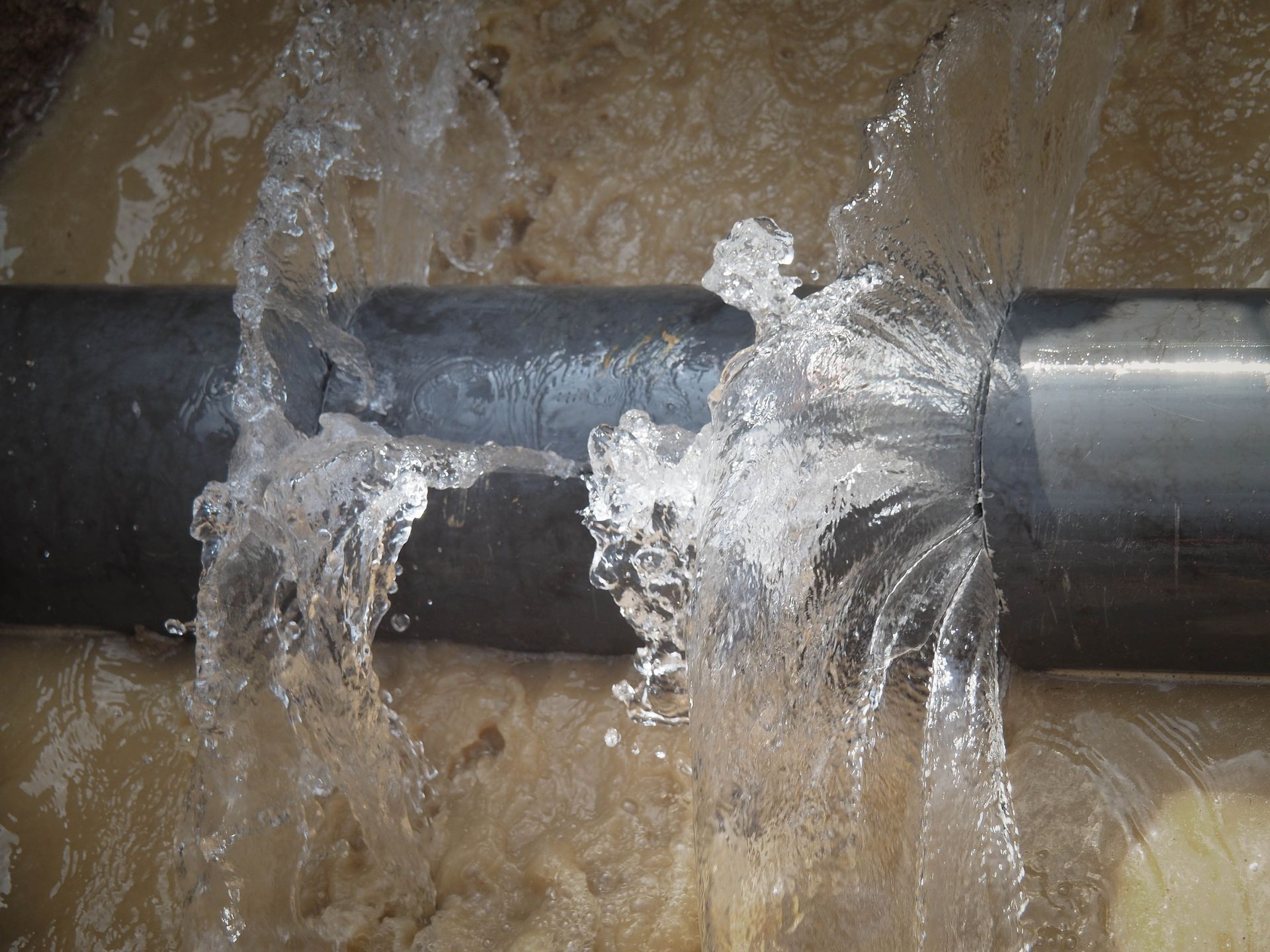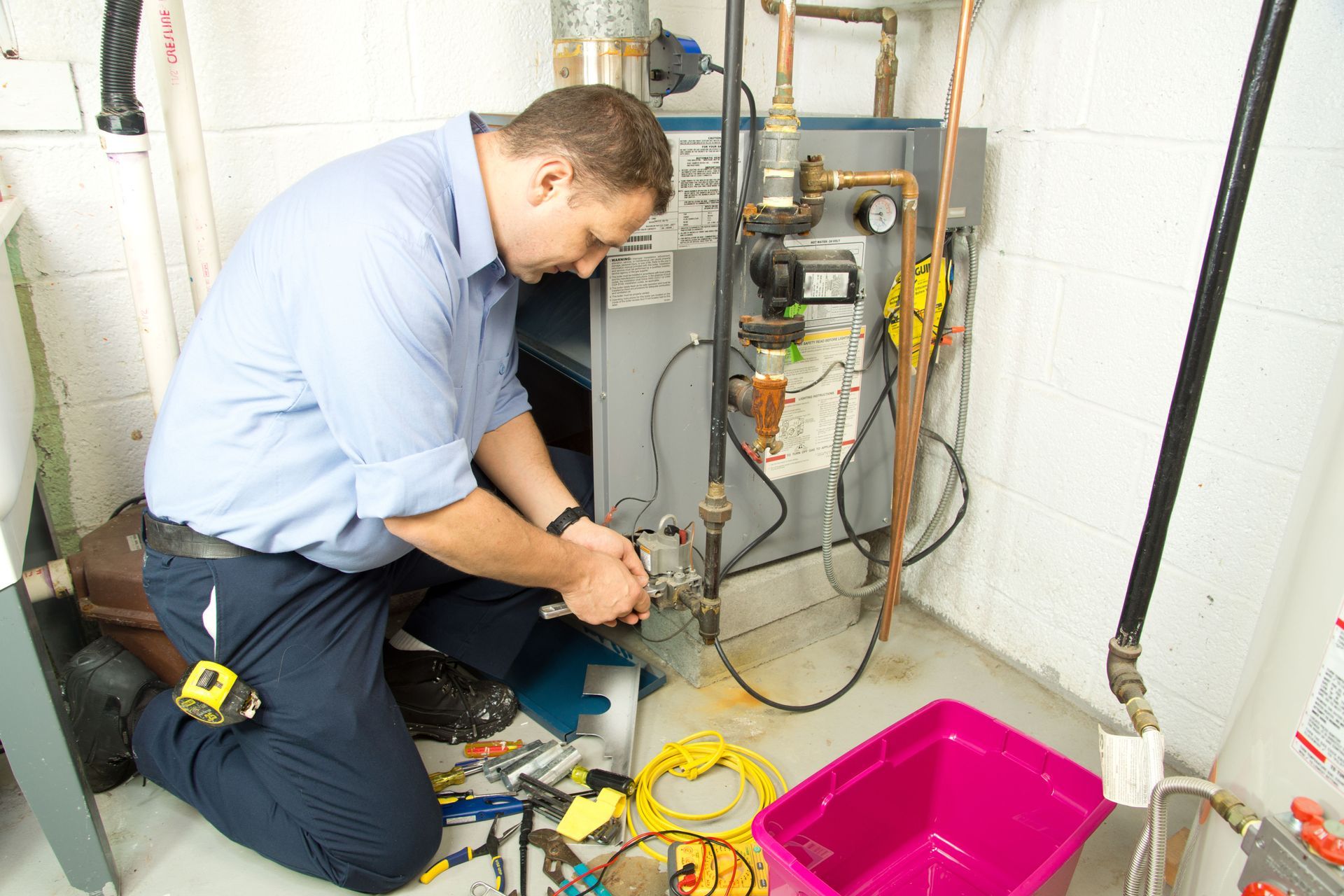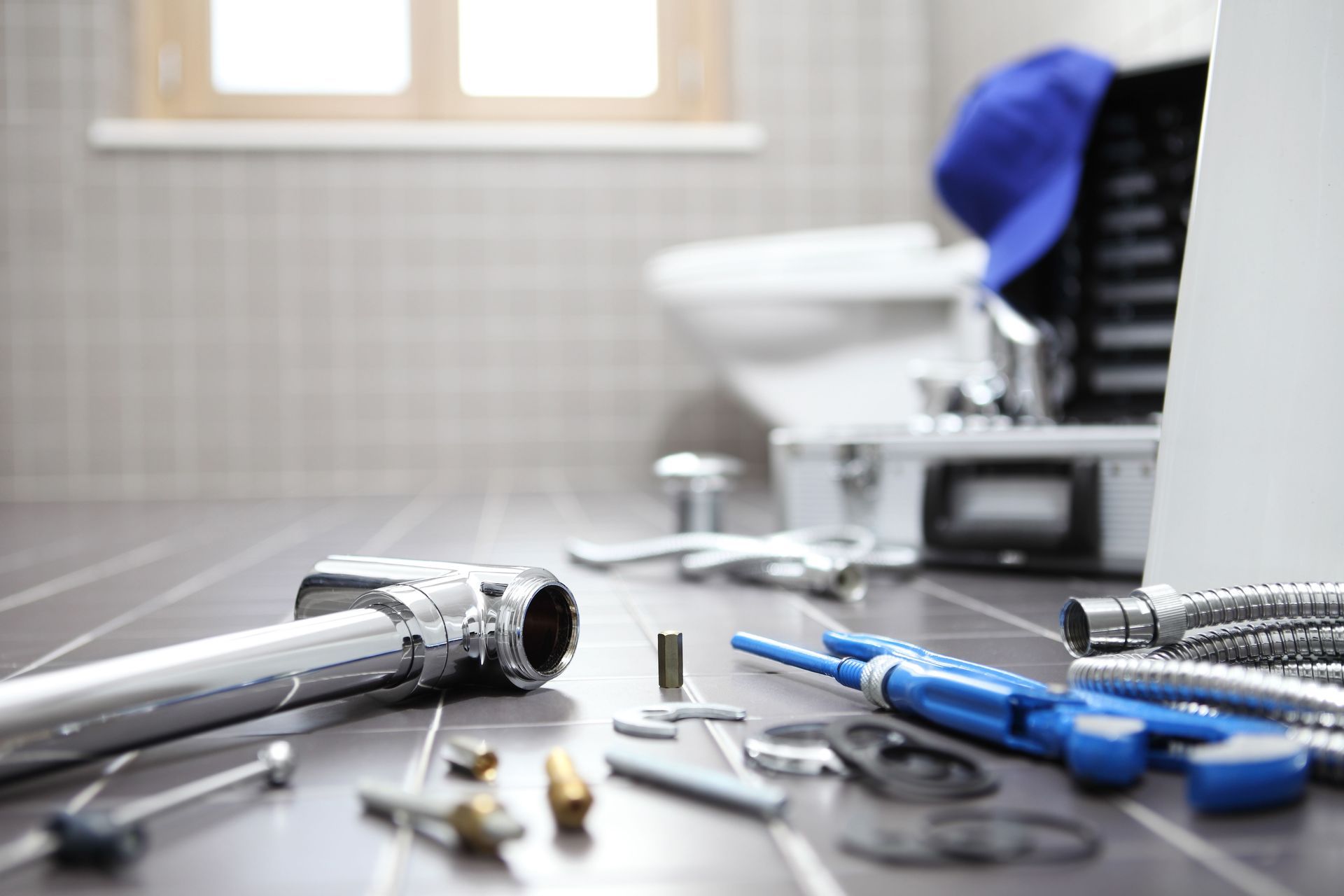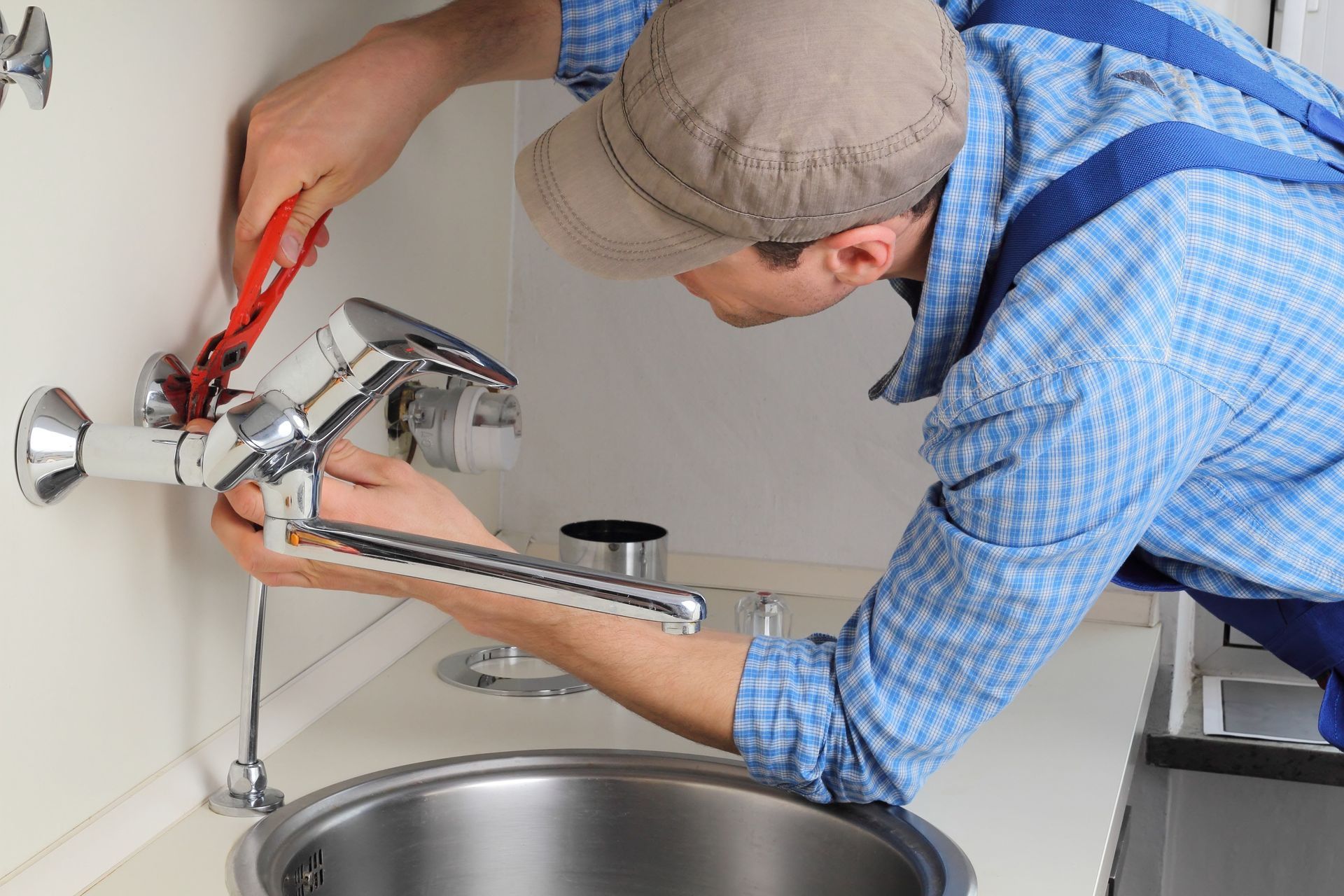5 Causes of Pipe Damage and How a Local Plumber Can Help
Understanding the various causes of pipe damage is crucial for homeowners and businesses alike. Whether due to age, environmental factors, or improper maintenance, pipe damage can lead to serious structural issues and costly repairs. In this article, we will explore the primary causes of pipe damage and discuss how a local plumber can provide essential repairs and preventative solutions. Addressing these concerns not only safeguards structural integrity but also maintains the efficiency and functionality of plumbing systems. By delving into specific causes and solutions, this article aims to equip readers with practical knowledge to prevent and manage plumbing issues effectively.
1. Corrosion-Related Pipe Damage
Corrosion occurs when metal pipelines react with external elements, leading to deterioration. One primary cause of corrosion is chemical reactions between water and metal, particularly in older plumbing systems made from materials like steel or iron. These reactions often result in rust formation, gradually weakening pipes and making them susceptible to leaks or ruptures. In addition to direct contact with water, external factors such as soil acidity can accelerate the corrosion process, particularly for underground pipes. This undermines the structural integrity of plumbing systems and can lead to significant water damage if not addressed promptly.
Identifying early signs of corrosion is vital for preventing extensive damage. Homeowners may notice discolored water, reduced water pressure, or frequent leaks, all indicative of potential corrosion issues. Regular inspections and maintenance can aid in early detection, preventing minor issues from escalating into major problems. Plumbers often use techniques such as video inspections to assess the interior condition of pipes, identifying corrosion at its early stages. By addressing corrosion early, homeowners can significantly extend the lifespan of their plumbing systems and avoid costly replacements.
2. Damage Caused by Freezing Temperatures
Freezing temperatures are a significant threat to plumbing systems, especially in regions with harsh winters. According to This Old House, pipes can freeze if they’re exposed to temperatures below 32 degrees Fahrenheit for a prolonged time. This occurs because the water within the pipes expands as it freezes, resulting in increased pressure that the pipe walls cannot withstand. The expansion can cause pipes to crack or burst, leading to serious water damage and costly repairs. Insulating pipes and keeping spaces heated are essential measures to protect plumbing during cold seasons.
Recognizing areas within a property that are susceptible to freezing is crucial for preventative action. Pipes located in unheated areas like basements, attics, or exterior walls are at higher risk. Homeowners should inspect these areas regularly and ensure they are adequately insulated and monitored during colder months. Installing temperature sensors can provide alerts when temperatures drop to dangerous levels, allowing for timely intervention. Sealing leaks that allow cold air to reach pipes also mitigates the risk of freezing, providing further protection.
Immediate action is necessary when freezing is suspected to minimize damage to plumbing systems. Homeowners should know how to shut off the main water supply to prevent further water intrusion in case of a pipe burst. Thawing frozen pipes safely using a hairdryer or heat tape can relieve pressure and prevent cracks. However, DIY interventions should be approached cautiously to prevent injuries or further damage. For more significant issues or if the situation escalates, consulting a professional local plumber is advisable to assess and rectify the problem efficiently. Plumbers offer expertise in mitigating freeze damage, providing both immediate solutions and recommendations for long-term prevention.
3. Blockages and Clogs
Blockages and clogs are common plumbing issues that disrupt the smooth operation of drainage systems. They often arise from accumulated debris such as hair, grease, and food particles within pipes. Over time, these materials can create substantial obstructions, restricting water flow and causing backflows or slow drainage. Sometimes, foreign objects accidentally entering the system can exacerbate the problem, necessitating more complex interventions. Addressing clogs promptly not only restores functionality but also prevents potential water damage from overflow.
Determining whether to tackle a clog through DIY approaches or professional services depends on the severity of the blockage. Simple clogs may be resolved using household solutions like baking soda and vinegar or a plunger. However, persistent or severe blockages often require professional intervention. Plumbers have access to specialized tools and techniques, like hydro-jetting and snaking, which can effectively clear stubborn blockages without causing damage to the pipes. Engaging a professional ensures thorough resolution and reduces the risk of recurring issues.
4. Pipe Damage from Tree Root Intrusion
Tree root intrusion poses a significant threat to underground pipes, particularly in properties with mature trees. Trees naturally seek moisture, and their roots can invade pipes in pursuit of water sources. Over time, small roots can infiltrate pipe joints or cracks, eventually growing into dense root masses that block water flow. This intrusion can cause serious structural damage to the pipes, leading to leaks or complete blockages. The presence of trees near pipelines requires proactive measures to prevent roots from compromising the integrity of the plumbing system.
Identifying signs of root intrusion early can prevent extensive damage. Homeowners may notice symptoms like slow drains, gurgling sounds, or even lush patches of greenery above the pipe’s path, indicating root activity. Regular inspections and monitoring can help in detecting these signs before they escalate into major problems. Plumbers often use advanced diagnostic tools such as video cameras to accurately pinpoint and assess the extent of root intrusion. This diagnostic approach allows for targeted interventions, minimizing disruption and cost.
5. Poor Installation Practices
Poor installation practices can lead to significant and costly plumbing issues over time. Mistakes during installation, such as using incorrect materials or failing to secure connections properly, can result in system weaknesses. These deficiencies often manifest as persistent leaks, inconsistent water pressure, or even catastrophic failures. Over time, the compounded effects of these missteps can lead to major structural issues and the need for comprehensive system overhauls. Ensuring high standards during installation is essential for avoiding these potential problems and ensuring the system's longevity.
The impacts of improperly installed pipes can be both immediate and long-term. Initially, homeowners might deal with minor inconveniences such as leaks or drips, which signal underlying issues. Over time, these seemingly small problems can lead to extensive water damage, affecting the structural integrity of the property. Additionally, such errors can cause increased water bills due to loss of water through defective joints or connections. Rectifying these problems can be costly and disruptive, highlighting the importance of quality installation practices from the outset.
Identifying shoddy installation requires attention to detail and professional evaluation. Homeowners should be observant of signs such as unusual noises, misaligned fixtures, or water discoloration. Consulting with a certified local plumber for inspections can reveal hidden issues that may not be immediately apparent. Adhering to industry standards and best practices during installation not only safeguards the system's integrity but also ensures efficient and cost-effective water usage. Engaging experienced local plumbers for installations can provide peace of mind, knowing that the system is built to last and operate seamlessly.
While various factors contribute to pipe damage, early detection and professional intervention can prevent significant structural harm and financial burden. Reliable local plumbers are equipped to tackle these issues efficiently, offering solutions tailored to each unique situation. By understanding the common causes and seeking professional help promptly, homeowners can safeguard their plumbing systems against future damage. Preventative maintenance and regular inspections serve as foundational practices for ensuring long-lasting and efficient plumbing. Taking proactive measures today can save significant time, expense, and stress in the future, maintaining the safety and functionality of one's home or business.
Don't wait for small plumbing issues to turn into major damage—reach out to JWC Home Services today for expert assessment and long-lasting solutions. Our team is here to help you protect your home with reliable repairs and preventative maintenance.





Share On: